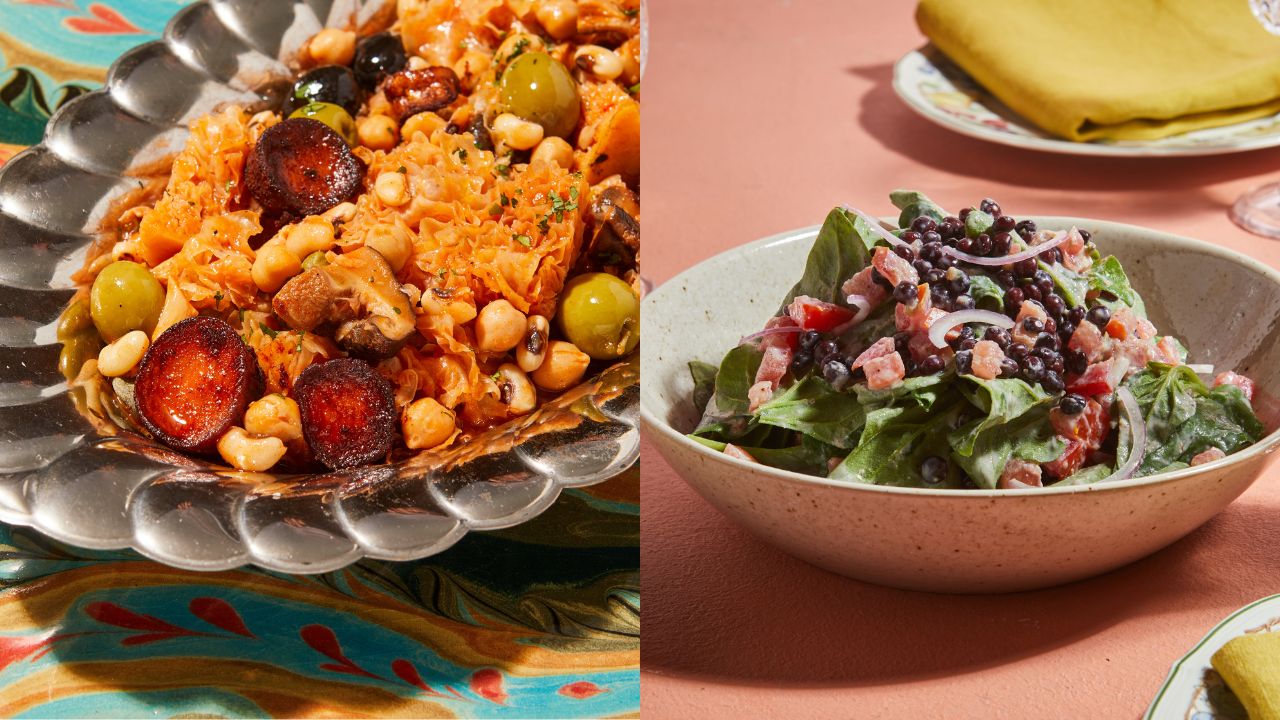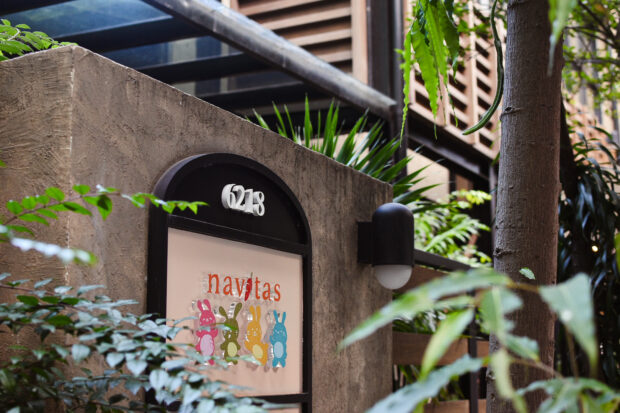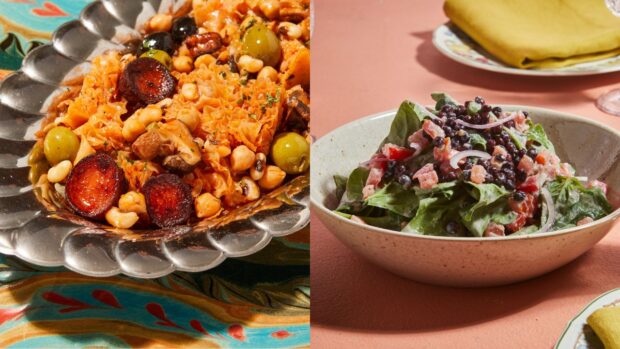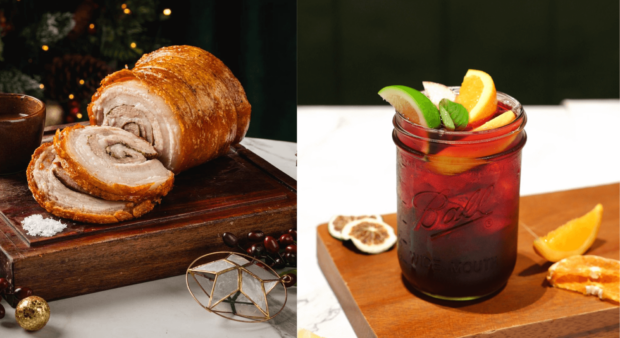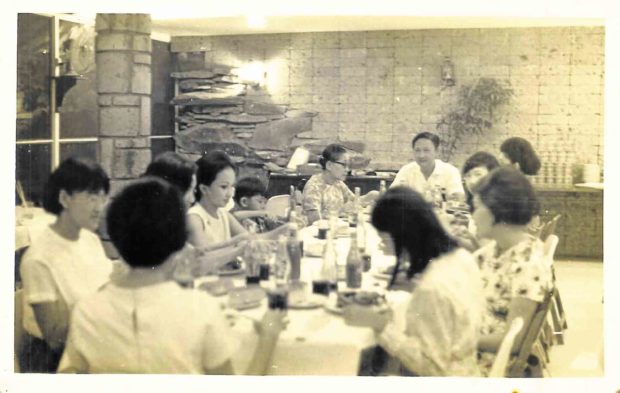
A writing project forced me to recall certain restaurants in the city where I have lived almost all my life.
The book, “Food City: A Journey Through Quezon City’s Food Icons” (RPD Publications, 2018), is a project of the Tourism Council headed by Tetta Tirona under the office of Vice Mayor Joy Belmonte.
The book concentrates on food establishments that began in the country’s former capital, or thrived in the city after its founding elsewhere.
It was a journey for me as well, because the list brought me back to places where I ate or bought products way before I wrote restaurant reviews or did food research. They are part of my personal, family and culinary history.
Consider Max’s Restaurant. It was good timing that my brother sent a photograph of the family eating there with my lola, my aunt and my first cousin. And so I started the write-up with how Max’s, founded in 1945, figured in many family celebrations then and now.
I was a patron of Kamuning Bakery before I knew its name. There were times when afternoon merienda meant walking to the place and buying my favorite small, white and heavy Rizal bun that sustained me until dinner.
When I accompanied the writers of the “Panaderia” book to interview its former owner, it was encouraging to find the Rizal bun still being made, though I was unsure after Wilson Lee Flores bought Kamuning Bakery. Flores said he would revive the bakery after it burned down in February 2018.
Tropical Hut was the grocery where my mother loved to shop and eat. Its former owner, the Azcona family, gave QC residents an idea what a modern supermarket looked like—neat aisles, packaged meat, and most memorable, the hamburger that was such a hit that its taste and texture were supposedly copied by many local hamburger joints today.
When the Azconas migrated to Australia after martial law was declared, Tropical Hut was bought by a drugstore company.
Food icons
UP Diliman has been or still is the site of many QC food outlets. Oldest among them is Little Quiapo.
As children, my siblings and I would wait patiently for my parents to finish their duckpin bowling game at one of the Quonset huts still existing at the time. We would proceed to Little Quiapo to have either halo-halo or mais con hielo.
The restaurant had to move from its original location to give way to the UP Chapel. It’s now on Malakas Street at UP Village, with a branch in Parañaque.
Also found in the UP Diliman campus are Chocolate Kiss and Rodic’s Diner, two places I discovered more recently. Chocolate Kiss is known for its cakes, while Rodic’s drew students to its specialty tapsilog before its outlet at UP Shopping Center burned down.
My main informant on those two places was my son, a UP student. He actually gave me the idea on how to write the book, with an advice: “All food is context.”
Lucky 21 Food Products was, at first, unfamiliar. But when its products were listed, I realized it was where my mother would ask me to order good crunchy empanada in Kamuning.

‘Food done well’
The food businesses that didn’t start in QC but thrived there were Ma Mon Luk and Estrel’s Caramel Cakes.
Ma Mon Luk first opened in Manila in the 1920s before the owner moved to QC—30 years after relocating both restaurant and family home.
Estrel’s opened in Manila in 1946 but moved to QC in 2001.
Both are known for its main products: mami and siopao for Ma Mon Luk; and caramel cakes for Estrel’s.
That may seem limiting, but Gina Navarro of Estrel’s gave a persuasive argument. “Even if there is only one product, it has to be done well.”
I was one of the early customers of Red Ribbon at its original location. Even then, I knew the cakes were going to be a hit and loved that I could choose any cake and get a slice to relish.
Another of the city’s start-up restaurants, Jollibee, bought what was once a mom-and-pop operation that grew unbelievably fast on exceptional products.
Mister Kabab, however, will always be memorable because it was one of the first restaurant reviews I wrote because the stall was at the entrance of our village. I couldn’t recall the Iranian owner’s name, but he told me that he had to write and ask his mother for the kabab recipe.
Alfredo’s Steakhouse was not originally located on Tomas Morato Avenue, but in a small apartment row on Timog Avenue—where the setup was so informal, you could mix your own drinks.
These were just some of the 30 places on the list. I could say that I have been to most of these restaurants, met many of the owners, tasted their products. It reminded me that I could go there not just for work, but simply to enjoy a good food place or order their products.
E-mail the columnist: [email protected]




